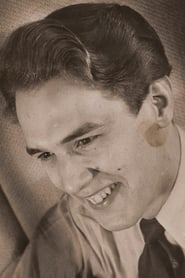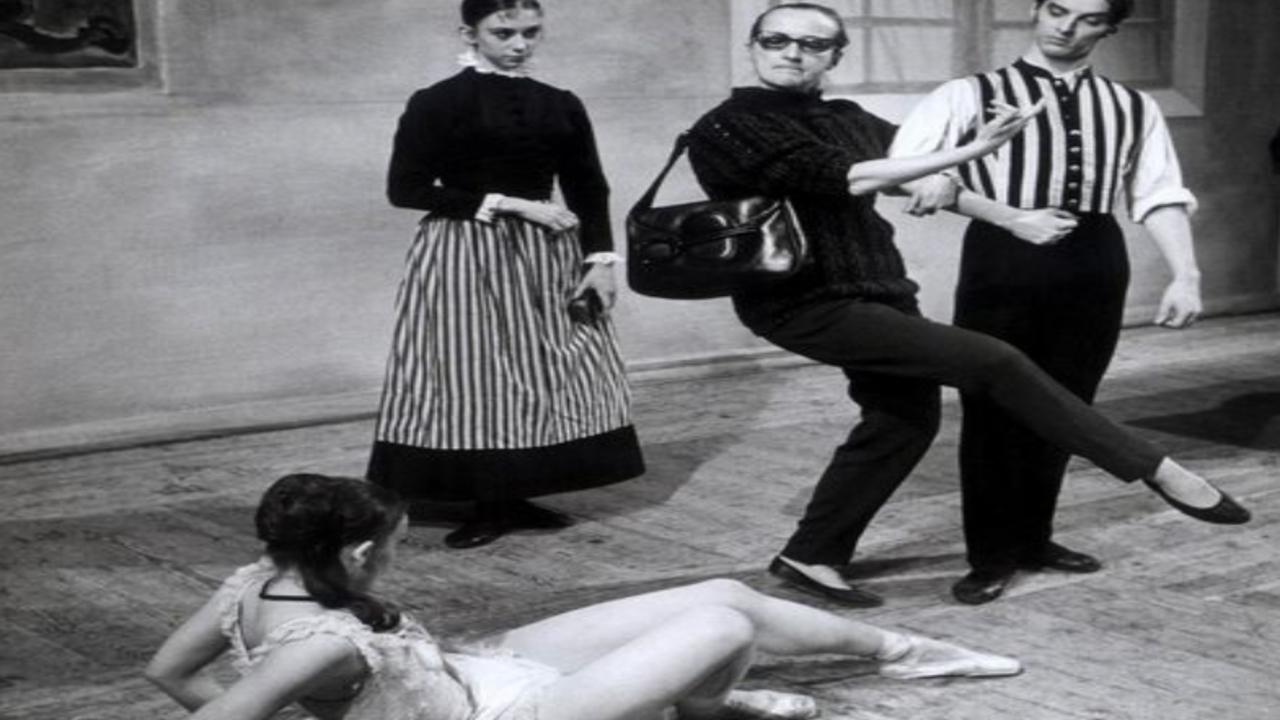
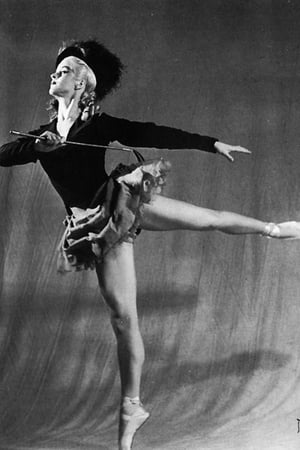
Fröken Julie(1959)
A well-composed psychological dance drama of a completely different kind from the usual romantic and sometimes superficial ballets. And an intrusive interpretation of August Strindberg's play.

Movie: Fröken Julie
Top 3 Billed Cast

Fröken Julie
HomePage
Overview
A well-composed psychological dance drama of a completely different kind from the usual romantic and sometimes superficial ballets. And an intrusive interpretation of August Strindberg's play.
Release Date
1959-02-27
Average
0
Rating:
0.0 startsTagline
Genres
Languages:
Keywords
Similar Movies
 7.0
7.0Giselle(en)
Giselle is the quintessential Romantic ballet. Its title role, one of the most technically demanding and emotionally challenging in the classical repertory, is here danced by Alina Cojocaru, partnered by Johan Kobborg as Count Albrecht. This tale of the transcendental power of love over death is evocatively portrayed through Peter Wrights sensitive staging and John Macfarlanes designs, which beautifully contrast the human and supernatural worlds mastered from a High Definition recording and true surround sound. Conductor : Boris Gruzin Orchestra : The Orchestra of the Royal Opera House
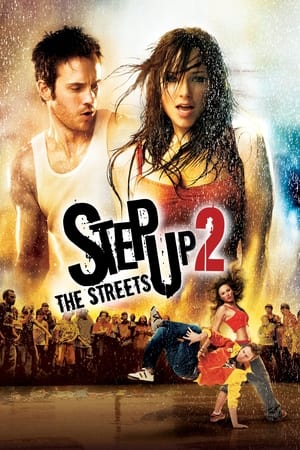 6.7
6.7Step Up 2: The Streets(en)
When rebellious street dancer Andie lands at the elite Maryland School of the Arts, she finds herself fighting to fit in while also trying to hold onto her old life. When she joins forces with the schools hottest dancer, Chase, to form a crew of classmate outcasts to compete in Baltimore s underground dance battle The Streets.
 6.9
6.9Center Stage(en)
A group of 12 teenagers from various backgrounds enroll at the American Ballet Academy in New York to make it as ballet dancers and each one deals with the problems and stress of training and getting ahead in the world of dance.
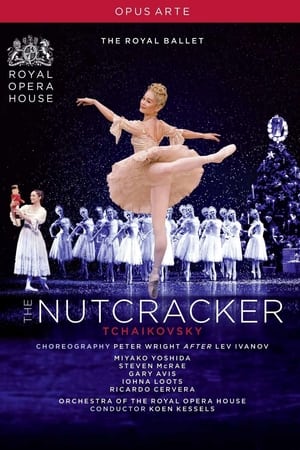 6.5
6.5The Nutcracker(en)
This all-time ballet favourite, in which young Clara is swept into a fantasy adventure when one of her Christmas presents comes to life, is at its most enchanting in Peter Wright's glorious production.
 6.5
6.5Save the Last Dance(en)
After the death of her mother, Sara moves to the South Side of Chicago to live with her father and gets transferred to a majority-black school. Her life takes a turn for the better when befriends Chenille and her brother Derek, who helps her with her dancing skills.
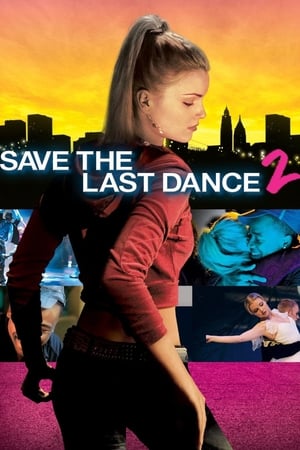 5.4
5.4Save the Last Dance 2(en)
Sara joins Julliard in New York to fulfill her and her mother's dream of becoming the Prima ballerina of the school. She befriends her roommates, Zoe and Miles, who teach hip-hop classes. She has ballet classes with the rigid and famous Monique Delacroix that she idolizes - Monique requires full commitment, discipline and hard work from her students. When Miles, who is a composer, invites Sara to help him compose the music for the dance choreography Sara's passion for hip-hop is sparked and she also falls in love with Miles. When she is assigned to perform Giselle in an important event, she feels divided between the technique of the ballet and the creative work offered by Miles.
Sen noci...(cs)
The film recording of the ballet performance of the State Theatre in Brno was expensively realized in a theatrically stylized set built in the Barrandov studios. The original ballet music by Václav Trojan, based on Shakespeare's fairy tale comedy, was preceded by incidental music for theatre and radio, and in particular the soundtrack to Jiří Trnka's feature-length puppet film A Midsummer Night's Dream.
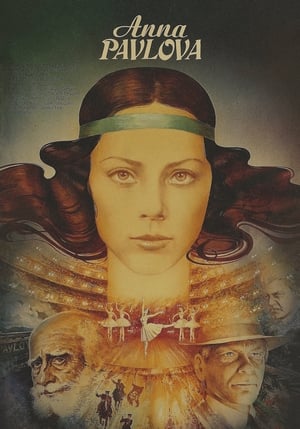 4.5
4.5Anna Pavlova(ru)
The young talented girl Anya, dreaming of a ballet, enters the choreographic school. Due to poor health, learning for her becomes unbearably difficult, but dreams of a ballerina career make her stubbornly deal with adversity. Anna’s performance and determination does not go unnoticed by the celebrated choreographer Marius Petipa, who helps to stage Pavlova's examination performance. Such a gift becomes a starting point for Ani in the world of big ballet, her fast-paced career, position in high society and world fame make her forget about close friends and especially her faithful Michel Fokine, who invested a lot of energy in the formation of a ballerina.
 0.0
0.0Bolshoi Ballet: Coppélia(en)
Swanhilda notices her fiancee Franz is infatuated with the beautiful Coppélia who sits reading on her balcony each day. Nearly breaking up the two sweethearts, Coppélia is not what she seems and Swanhilda decides to teach Franz a lesson… The Bolshoi’s unique version of Coppélia exhibits a fascinating reconstruction of the original 19th century choreography of this ebullient comedy involving a feisty heroine, a boyish fiancee with a wandering eye, and an old dollmaker. The company’s stunning corps de ballet shines in the divertissements and famous “dance of the hours,” and its principals abound in youthful energy and irresistible humor in this effervescent production.
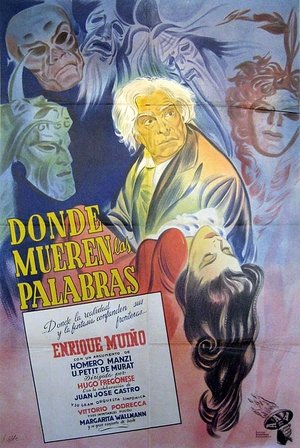 4.5
4.5Donde mueren las palabras(es)
An old timbal performer in a puppet theater has a secret past.
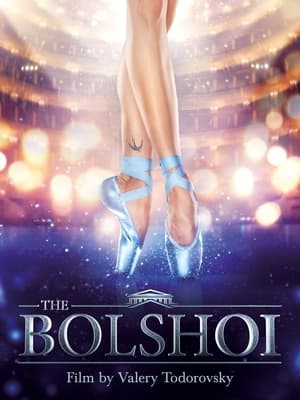 6.3
6.3The Bolshoi(ru)
Young and extremely talented dancer Yulya Olshanskaya from a small mining town draws a “happy ticket”: she is noticed by a former ballet dancer Pototsky and he promises her a future of great ballerina, worthy of the main stage of the country. However, in order to become a diamond, anyone, even the most outstanding brilliant, needs to be cut, and the way to the legendary stage of The Bolshoi Theatre for Yulya lies through the walls of the ballet school, where the more capricious teacher Galina Mikhailovna Beletskaya takes custody of the rebellious provincial. Turning into a prima will require incredible self-denial, and Yulya herself will have to make sure that the big ballet is not only the whiteness of the packs, the gold of the boxes and the slip of silk ribbons. But no obstacles will stop the one who has the big dream.
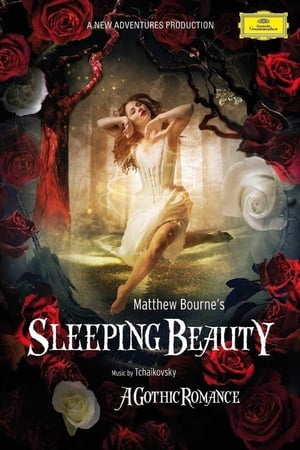 8.0
8.0Matthew Bourne's Sleeping Beauty: A Gothic Romance(en)
Matthew Bourne choreographs this version of Tchaikovsky's ballet performed at Sadler's Wells Theatre. Bourne sets the first part of the story in 1890, the year in which Tchaikovsky completed his version of Charles Perrault's classic fairy tale, with Beauty pricking herself on the poisoned rose in 1911 and awakening 100 years later in the contemporary world.
 7.7
7.7The Young Girls of Rochefort(fr)
Delphine and Solange are two sisters living in Rochefort. Delphine is a dancing teacher and Solange composes and teaches the piano. Maxence is a poet and a painter. He is doing his military service. Simon owns a music shop, he left Paris one month ago to come back where he fell in love 10 years ago. They are looking for love, looking for each other, without being aware that their ideal partner is very close...
 7.8
7.8Pacarrete(pt)
Russas, a small town in northeastern Brazil, is the home of Pacarrete, a grumpy retired dance teacher who dreams of getting a big shot and starring at a dance spectacle for the whole town to see. She's close to fulfilling that dream, but not without overcoming a few impediments along the way.
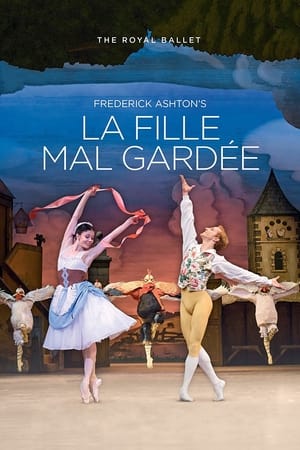 0.0
0.0La Fille Mal Gardée (The Royal Ballet)(en)
Frederick Ashton's La Fille mal gardée (The Wayward Daughter) is one of the choreographer's most joyous and colourful creations. Inspired by his love for the Suffolk countryside, the ballet is set on a farm and tells a story of love between Lise, the daughter of Widow Simone, and Colas, a young farmer. It contains some of Ashton's most stunning choreography, most strikingly in the series of energetic pas de deux that express the youthful passion of the young lovers, performed here by Natalia Osipova and Steven McRae. The ballet is laced with exuberant good humour, and elements of national folk dance, from dancing chickens and a maypole dance to a Lancashire clog dance for Widow Simone, performed by Philip Mosley.
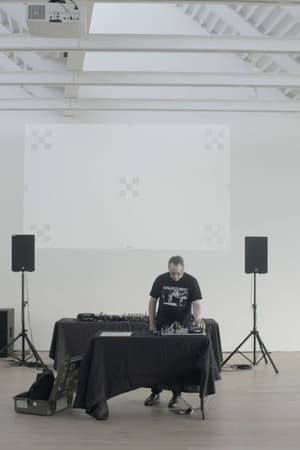 0.0
0.0Tights Worship: Inside the Practices of The Rita(en)
The film traces Sam McKinlay’s early days as a punk skateboarder through his academic development as a conceptual artist into a highly esteemed noise practitioner whose work bridges the gap between the gallery world and the sleaze of exploitation film imagery. It documents the physical processes of his work and the distillation of visuals into sound, most notably addressing the appeal of abstraction—from the cheap effects of old monster movie makeup to the ‘masks’ created by the heavy cosmetic makeup of 1920s flapper culture and actresses like Pamela Stanford in Jess Franco’s Lorna the Exorcist (The Rita has albums or EPs named after several eurotrash actresses, including The Nylons of Laura Antonelli (2009) and Monica Swinn/Pamela Stanford (2016)).
 0.0
0.0Giselle(en)
The peasant girl Giselle discovers the true identity of her lover Albrecht – and that he is promised to another. This is one of The Royal Ballet’s most loved and admired productions, faithful to the spirit of the 1841 original yet always fresh at each revival. This performance features former Bolshoi star and now Royal Ballet Principal Natalia Osipova in a breath-taking interpretation of the title role.
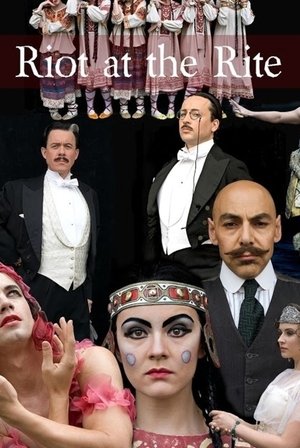 9.0
9.0Riot at the Rite(en)
In the spring of 1913, Parisian businessman Gabriel Astruc opens a new theater on the Champs Elysées. The first performance is the premiere of Igor Stravinsky's 'The Rite of Spring', danced by the Ballet Russes. The rehearsal process is extremely fraught: the orchestra dislike Stravinsky's harsh, atonal music; the dancers dislike the 'ugly' choreography of Vaslav Nijinsky. The volatile, bisexual Nijinsky is in a strained relationship with the much older Sergei Diaghilev, the Ballet Russes' charismatic but manipulative impresario. Public expectation is extremely high after Nijinsky's success in 'L'apres-midi d'un faune'. Finally, 'The Rite of Spring' premieres to a gossip-loving, febrile, fashion-conscious Parisian audience sharply divided as to its merits.
 7.0
7.0The Sleeping Beauty (Royal Ballet)(en)
The wicked fairy Carabosse is furious she wasn’t invited to Princess Aurora’s christening. She gives the baby a spindle, saying that one day the Princess will prick her finger on it and die. The Lilac Fairy makes her own christening gift a softening of Carabosse’s curse: Aurora will not die, but will fall into a deep sleep, which only a prince’s kiss will break. The masterful 19th-century choreography of Marius Petipa is combined with sections created for The Royal Ballet by Frederick Ashton, Anthony Dowell and Christopher Wheeldon. Recorded live as part of the Royal Opera House Live Cinema Season 2019/20 with encore screenings broadcast online during the #OurHousetoYourHouse programme.
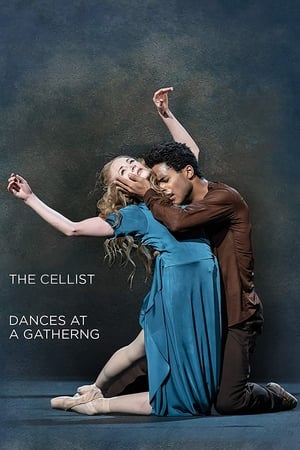 0.0
0.0The Cellist / Dances at a Gathering (The Royal Ballet)(en)
The Royal Ballet presents the world premiere of Cathy Marston's first work for the Company on the Main Stage alongside a revival of Jerome Robbins’s timeless classic of pure dance. The Cellist is a one-act ballet about British cellist Jacqueline du Pré, from her discovery of the cello through her celebrity as one of the most extraordinary players of the instrument to her frustration and struggle with multiple sclerosis. Jerome Robbins's Dances at a Gathering is a fluid exercise in pure dance for five couples, set to piano music by Fryderyk Chopin.

